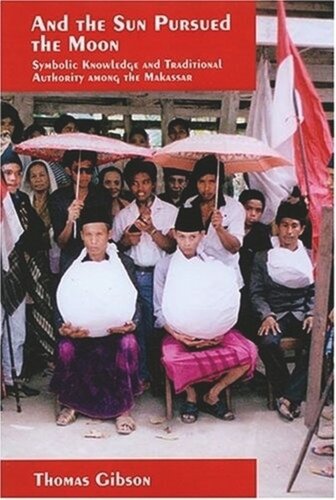

Most ebook files are in PDF format, so you can easily read them using various software such as Foxit Reader or directly on the Google Chrome browser.
Some ebook files are released by publishers in other formats such as .awz, .mobi, .epub, .fb2, etc. You may need to install specific software to read these formats on mobile/PC, such as Calibre.
Please read the tutorial at this link: https://ebookbell.com/faq
We offer FREE conversion to the popular formats you request; however, this may take some time. Therefore, right after payment, please email us, and we will try to provide the service as quickly as possible.
For some exceptional file formats or broken links (if any), please refrain from opening any disputes. Instead, email us first, and we will try to assist within a maximum of 6 hours.
EbookBell Team

4.7
76 reviewsOver the course of a thousand years, from 600 to 1600 CE, the Java Sea was dominated by a ring of maritime kingdoms whose rulers engaged in long-distance raiding, trading, and marriage alliances with one another. And the Sun Pursued the Moon explores the economic, political, and symbolic processes by which early Makassar communities were incorporated into this regional system.
As successive empires like Srivijaya, Kediri, Majapahit, and Melaka gained hegemony over the region; they introduced different models of kingship in peripheral areas like the Makassar coast of South Sulawesi. As each successive model of royal power gained currency, it became embedded in local myth and ritual. To better understand the relationship between symbolic knowledge and traditional royal authority in Makassar society, Thomas Gibson draws on a wide range of sources and academic disciplines. He shows how myth and ritual link practical forms of knowledge (boat-building, navigation, agriculture, warfare) to basic social categories such as gender and hereditary rank, as well as to environmental, celestial, and cosmological phenomena. He also shows how concrete historical agents have used this symbolic infrastructure to advance their own political and ideological purposes. Gibson concludes by situating this material in relation to Islam and to life-cycle rituals.